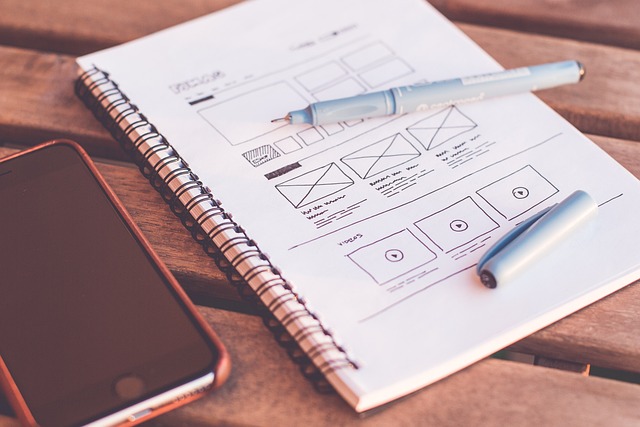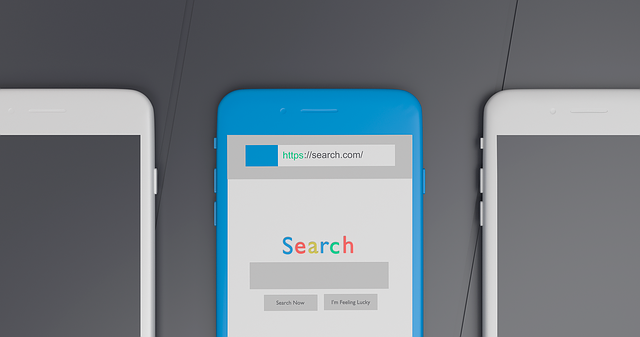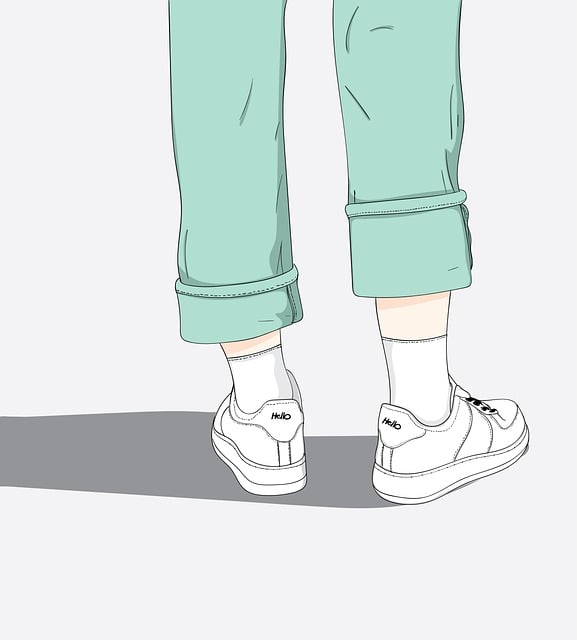The latest web design trends showcase a clear emphasis on simplicity, interactivity, responsiveness, and immersive experiences. Minimalist aesthetics prioritize clean, uncluttered designs for better user engagement, while micro-interactions add subtle animations to enhance interface usability. Adaptive layouts ensure optimal viewing across all devices, catering to the diverse screen sizes of modern users. Custom typography allows designers to create unique brand identities, and incorporating 3D elements offers visually captivating interfaces. Voice User Interface (VUI) revolutionizes navigation with natural language processing, catering to accessibility and user convenience. These trends collectively drive web design towards elegance, interactivity, and enhanced user experiences.
Stay ahead of the curve with these essential trends reshaping the world of web design. From minimalist aesthetics simplifying user interfaces, to micro-interactions enhancing subtlety and adaptive layouts optimizing across devices, discover the latest techniques captivating audiences. Custom typography adds unique identities, while integrating 3D elements elevates visual experiences. Moreover, voice user interface (VUI) navigates the future. Embrace these cutting-edge features for a modern, engaging online presence.
Minimalist Aesthetics: Simplifying User Interfaces

In the realm of latest web design trends, Minimalist Aesthetics have emerged as a powerful and captivating approach. This design philosophy advocates for simplicity in user interfaces, focusing on clean lines, ample white space, and a limited color palette. By stripping down complex elements, minimalist designs create an uncluttered environment that enhances user experience. Such sites often prioritize content presentation, making information easily digestible and navigable.
This trend not only simplifies the visual aspect but also optimizes site performance. Minimalist websites load faster, reducing bounce rates. Moreover, they cater to mobile users, who increasingly prefer sleek and easy-to-use interfaces. As a result, minimalist aesthetics have become a game-changer in web design, appealing to both designers seeking an elegant approach and users craving simplicity.
Micro-interactions: Adding Subtle Enhancements

In the realm of latest web design trends, micro-interactions have emerged as a powerful tool to elevate user experiences. These subtle enhancements, often overlooked yet profound, involve minute animations or visual feedback that respond to user actions. By incorporating micro-interactions, designers can add a layer of sophistication and interactivity to websites, making them more engaging and intuitive. A simple tap or hover can trigger a slight animation, providing users with a satisfying and immersive experience.
This subtle design choice goes beyond aesthetics; it offers users clear cues and reinforces the interaction between the user and the interface. As web designers explore these latest web design trends, they can craft interfaces that are not just visually appealing but also highly responsive and user-friendly. Micro-interactions contribute to a seamless digital journey, ensuring that even the smallest actions on a webpage leave a positive impression.
Adaptive Layouts: Optimizing for All Screens

In today’s digital era, one of the most significant shifts in web design is the focus on adaptive layouts that optimize across all screens and devices. The latest web design trends emphasize a responsive design approach, ensuring websites seamlessly adjust to various screen sizes, from desktops to tablets and mobile phones. This adaptability not only provides an enhanced user experience but also improves accessibility for a broader audience.
By implementing fluid grids, flexible images, and media queries, designers can create layouts that dynamically rearrange content based on the available space. This flexibility allows for a consistent and engaging experience across different platforms, addressing the growing demand from users who access websites using a multitude of devices. As a result, brands are better equipped to capture and retain user interest in an increasingly competitive online landscape.
Custom Typography: Crafting Unique Identities

In the realm of modern web design, Custom Typography stands out as a powerful tool to craft unique brand identities and captivate users. By going beyond standard fonts, designers can now choose from an array of latest web design trends that prioritize aesthetics and readability. This involves selecting specific typefaces, adjusting sizes, weights, and even incorporating custom hand-drawn fonts to create a visually appealing experience. Custom typography not only enhances the overall visual appeal but also effectively communicates the brand’s personality and values.
Web designers are increasingly utilizing this feature to differentiate websites from their competitors. By combining unique typographies with compelling visuals and intuitive layouts, they can create engaging user interfaces that keep visitors hooked. As users scroll through pages, custom fonts ensure that content remains easily readable while also adding a touch of sophistication and creativity, reflecting the cutting-edge nature of today’s latest web design trends.
Incorporating 3D Elements: Elevating Visual Experience

Incorporating 3D elements into web design is a bold step forward in enhancing the user experience, marking a significant trend among the latest web design trends. Beyond traditional two-dimensional layouts, designers are leveraging 3D technology to create immersive and engaging interfaces. By integrating three-dimensional models, textures, and animations, websites gain depth and visual appeal, captivating users and setting them apart from the competition. This innovative approach allows for more creative freedom in presenting content, whether it’s showcasing products in a realistic 3D space or crafting intricate user interfaces that feel both modern and intuitive.
The use of 3D design adds an extra layer of realism and interactivity to websites, making them stand out in the crowded digital landscape. As users become accustomed to more immersive online experiences, incorporating these latest web design trends is essential for keeping audiences engaged and satisfied. Whether as a backdrop for content or as interactive elements within pages, 3D designs offer a unique opportunity to elevate the overall visual experience, ensuring that websites remain dynamic and relevant in today’s fast-paced digital environment.
Voice User Interface (VUI): The Future of Navigation

Voice User Interface (VUI) is one of the most exciting developments in the realm of latest web design trends, revolutionizing how users interact with digital spaces. By incorporating natural language processing and voice recognition technologies, VUI allows for a more intuitive and hands-free navigation experience. Users can simply speak commands to perform tasks, search for information, or navigate through websites, making it particularly appealing for mobile devices and smart home applications.
This innovative feature offers several benefits for web designers. First, it caters to the growing demand for accessibility, accommodating users with visual impairments or those who prefer hands-free interaction. Second, VUI enhances user engagement by providing a more seamless and efficient way of interacting with websites, aligning with today’s digital era where convenience and speed are paramount. As voice assistants become increasingly sophisticated, we can expect to see VUI play a prominent role in shaping the future of web navigation.
